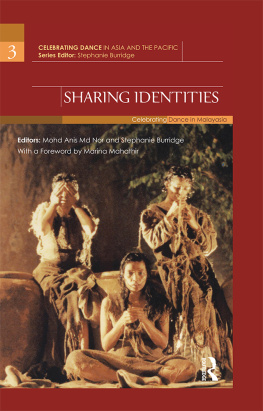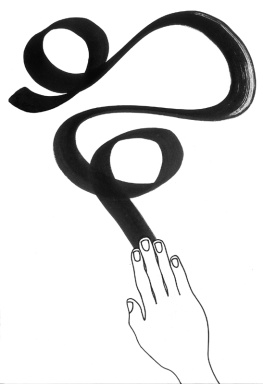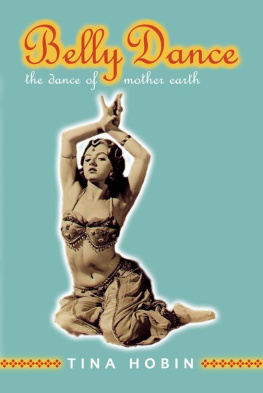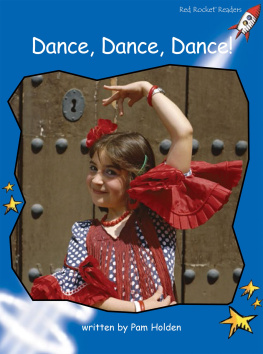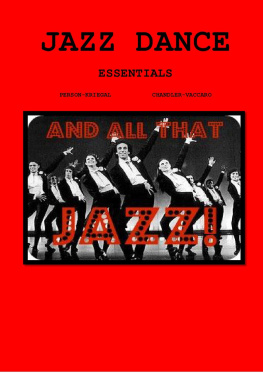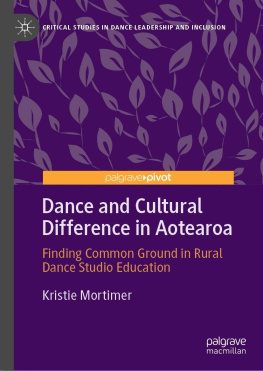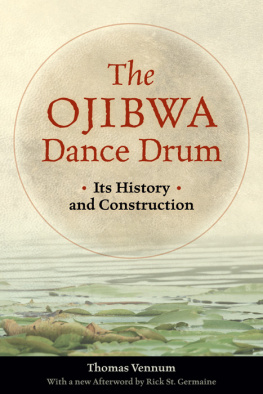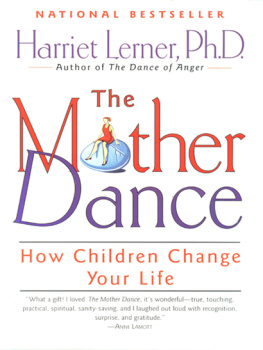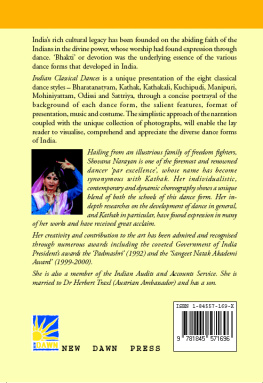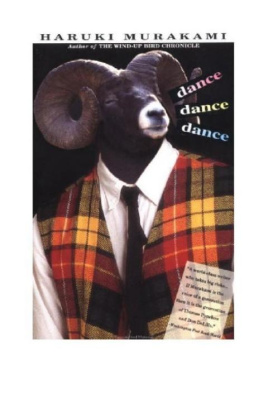INDIAS KATHAK DANCE IN HISTORICAL PERSPECTIVE
Indias Kathak Dance in Historical Perspective
MARGARET E. WALKER
Queens University, Kingston, Canada
First published 2014 by Ashgate Publishing
Published 2016 by Routledge
2 Park Square, Milton Park, Abingdon, Oxon OX14 4RN
711 Third Avenue, New York, NY 10017, USA
Routledge is an imprint of the Taylor & Francis Group, an informa business
Copyright Margaret E. Walker 2014
Margaret E. Walker has asserted her right under the Copyright, Designs and Patents Act, 1988, to be identified as the author of this work.
All rights reserved. No part of this book may be reprinted or reproduced or utilised in any form or by any electronic, mechanical, or other means, now known or hereafter invented, including photocopying and recording, or in any information storage or retrieval system, without permission in writing from the publishers.
Notice:
Product or corporate names may be trademarks or registered trademarks, and are used only for identification and explanation without intent to infringe.
British Library Cataloguing in Publication Data
A catalogue record for this book is available from the British Library.
The Library of Congress has cataloged the printed edition as follows:
Walker, Margaret E.
Indias kathak dance in historical perspective / by Margaret E. Walker.
pages cm. (Series: soas musicology series)
Includes bibliographical references and index.
ISBN 978-1-4094-4950-8 (hardcover : alk. paper) ISBN 978-1-4094-4951-5 (ebook) ISBN 978-1-4724-0393-3 (epub)
1. Kathak (Dance) History. I. Title.
GV1796.K38W35 2014
793.31954 dc23
2014005012
ISBN 9781409449508 (hbk)
ISBN 9781315588322 (ebk)
Contents
Preface
I saw my first performance of kathak dance in the spring of 1995. University of Toronto Professor James Kippen, who eventually became my doctoral supervisor, had invited Toronto kathak dancer Joanna Das to give a lecture-demonstration in his North Indian Music class. I was fascinated. The combination of grace and energy in kathak, its lightning-quick spins and particularly the dancers embodiment of the complex rhythms played on the accompanying tabl drums attracted me so much that I enrolled in a dance class a year later and firmly chose kathak as my field of research as I began my masters degree in 1997. Ten years of dance training in Canada and India combined with ongoing ethnographic, bibliographic and archival research has led me through a kaleidoscope of intersecting people and places, and their stories and histories. Although its centres of advanced training are in India, kathak is today a thriving, globalized, contemporary dance that can be studied all over the Indian diaspora and experienced even more widely though touring professional productions. The multiple manifestations of kathak dance in traditional, innovative and cross-cultural performances are characteristic of the dances syncretic past and hybrid character. It is this very syncretism and hybridity that give kathak its vibrancy, creativity and ability to sustain itself in todays transnational world.
Kathak is today identified as a classical dance. Classical Indian dance, as connoisseurs will explain, comprises at least six styles linked with various regions and traditions, but all commanding respected positions on todays concert stage. Kathak is the style associated with North India and is today an international artistic genre. Made up of a multiplicity of repertoire items, it is not uncommonly presented in fusion numbers with other dances and lends itself easily to experimental choreographies exploring current themes accompanied by contemporary music. Mathematical calculations combine with lightning-fast footwork and spins to explore tricky patterns with off-beats, cross-rhythms and surprise endings. Equally characteristic, however, are graceful gestures, expressive use of the eyes and mimetic sequences. Like other Indian classical dance forms, kathak also lays claim to ancient roots and a genesis as a temple dance or religious storytelling method, and many dancers both in India and the diaspora will explain their art form in its purest state as a devotional activity, a type of sdhn or spiritual practice.
These sorts of dichotomies (mathematics or meditation ancient or innovative) are a central part of kathaks character and manifest themselves in multiple ways. Clearly, this is one of the reasons the dance lends itself so well to fusions and experiments, but this also seems to have created or fuelled a type of identity crisis among its exponents. What is kathak? is not an uncommon topic for symposium and festival seminars, and participants argue energetically about what the quintessential attributes of their dance might be. Although kathak dance is an established dance genre, with fans, students and experts around the globe, it simultaneously remains a source of some mystery to many of its most central practitioners.
The question so hotly discussed by seminar participants What is kathak? might be more usefully rephrased as What was kathak? On the surface, there seems to be little confusion as the story that places kathaks origins in the activities of Vedic storytellers has become so widely disseminated that it is cited without any need for references or evidence. I assert, however, that it has been in the quest for ancient origins that much of the uncertainty has arisen. Furthermore, this immensely embedded narrative functions to undermine critical thinking about kathaks power structures, gender issues, transnational presence, and a host of other topics. This book thus seeks to enable discussion through a careful investigation of the various claims of origins, documentary sources and historical descriptions. In the process, I hope to open up topics that have seemed off-limits and to encourage further research in the multitude of subject areas connected to this performing art. There are many crucial issues that need to be addressed, and I believe that only after a thorough examination, even dismantling, of kathaks temple narrative, will it be possible to move towards an accurate picture of the history of North Indian dance, a better understanding of its role in the present, and an acceptance of what its future may hold.
Margaret E. Walker
Kingston
A Note on Citations, Diacriticals and Italics
I am grateful to Katherine Schofield and David Lunn for their assistance with diacriticals for Hindi, Sanskrit, Urdu and Persian words, and to Davesh Soneji for Telugu. I nevertheless take full responsibility for any errors. I have chosen not to use diacriticals for the names of castes or communities but rather to capitalize them, in particular because the use of the term kathak for both a dance genre and for a community of hereditary performers can cause confusion. I will therefore be using kathak (in italics) to refer to the dance and Kathak (capitalized and without italics) to refer to the community. I have dealt with the multiple variations in the spellings, particularly in the historical documents, by adopting a single, consistent version for my own use, but conforming to the spellings and use of italics or diacriticals by other writers when directly citing their work.
List of Figures and Maps
Figures
Next page

